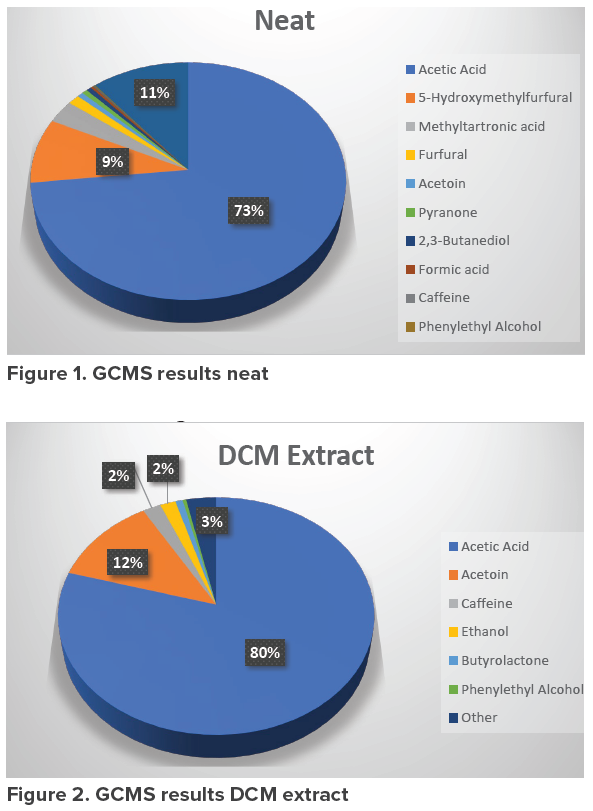What’s in your Kombucha extract?
Home » What’s in your Kombucha extract?
Flavor profiles can make or break a good Kombucha or any fermented drink. Slight differences in the strain of yeast, feedstock, or added sugars have the potential to dramatically change the final flavor.
When experimenting with different yeast strains or ingredient suppliers, identification of the flavor profile can be useful to improve taste, leading to increased sales. Typically, flavor profiles are determine using chromatography techniques such as gas chromatography mass spectrometry (GCMS).
In addition to flavor information, GCMS can also be used to detect potentially harmful chemicals such as pesticides and endocrine mimickers such as bisphenol A (BPA). Similarly, it is vital to ensure that heavy metals are not present in the extracts used to make fermented beverages.
X-ray fluorescence (XRF) spectroscopy is often used for the detection of trace metals down to parts per million concentration.
In this study, we employed a combination of GCMS, XRF and Fourier transform infrared (FTIR) spectroscopy to determine the composition of a Kombucha extract.
The results demonstrate the synergy between the three techniques in understanding the structures of various organic compounds and possible harmful contaminants that may be present.
Would you like to learn more about What’s in your Kombucha extract?
Contact us today for your Kombucha extract needs. Please complete the form below to have an EAG expert contact you.
